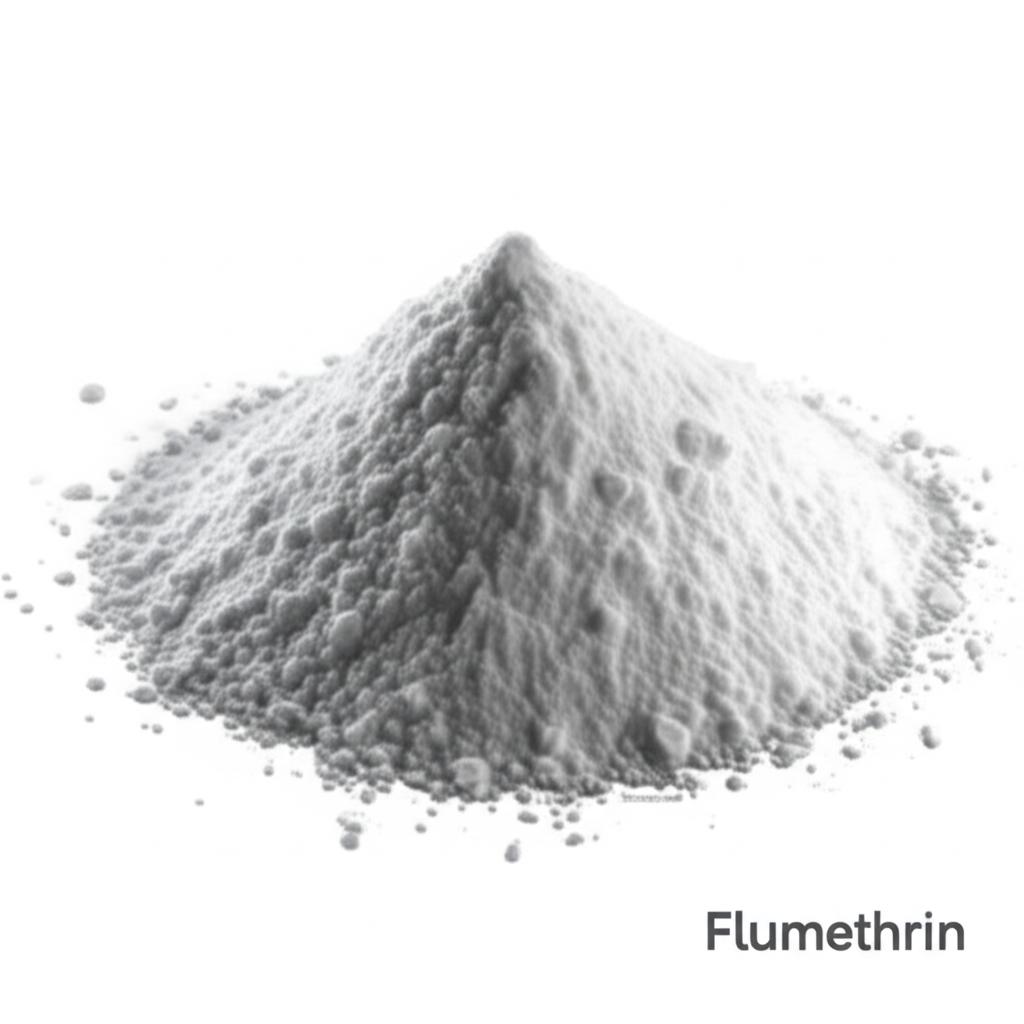Flumethrin: A Powerful Acaricide for Veterinary and Apicultural Use
Explore the science behind Flumethrin, a key pyrethroid for controlling ectoparasites in animals and bees.
Get a Quote & SampleUnderstanding Flumethrin's Core Value

Flumethrin
Flumethrin is a synthetic pyrethroid ectoparasiticide, essential for the prevention and treatment of ectoparasites in poultry, livestock, and bees. Its efficacy against ticks, mites, and fleas makes it a vital component in veterinary medicine and beekeeping practices.
- The flumethrin acaricide use in cattle is well-established for controlling tick infestations, ensuring animal welfare and productivity.
- Leveraging flumethrin for bee mites control, particularly Varroa destructor, is crucial for maintaining healthy honeybee colonies.
- Detailed understanding of flumethrin chemical properties analysis supports its effective and safe application in various settings.
- Accurate flumethrin residue detection in honey is paramount for food safety and consumer trust in bee products.
Key Advantages of Flumethrin Application
Broad-Spectrum Ectoparasiticide
Flumethrin offers effective control over a wide range of ectoparasites, making it a versatile solution for animal health management. Its application in cattle, sheep, and dogs helps prevent significant economic losses due to parasitic infections.
Essential for Apiculture Health
The flumethrin for bee mites control is indispensable for beekeepers. It directly combats Varroa mites, a major threat to honeybee colonies, thus safeguarding pollination services and honey production.
Advanced Analytical Methods
The availability of precise flumethrin residue detection in honey using methods like HPLC ensures that bee products meet stringent safety standards, maintaining consumer confidence.
Key Applications
Veterinary Parasite Control
Flumethrin is widely applied to livestock such as cattle, sheep, and horses to manage tick and mite infestations, crucial for livestock parasite control.
Bee Health Management
In beekeeping, flumethrin is a primary tool for bee mite control, protecting colonies from Varroa destructor and ensuring honey production and pollination efficiency.
Chemical Safety and Analysis
Understanding the flumethrin chemical properties analysis and implementing accurate flumethrin residue detection in honey are vital for ensuring the safety of food products derived from treated animals and bees.
Impact on Bee Behavior
Research into the impact of flumethrin on honey bee learning highlights the importance of responsible use to protect the cognitive functions of these vital pollinators.
